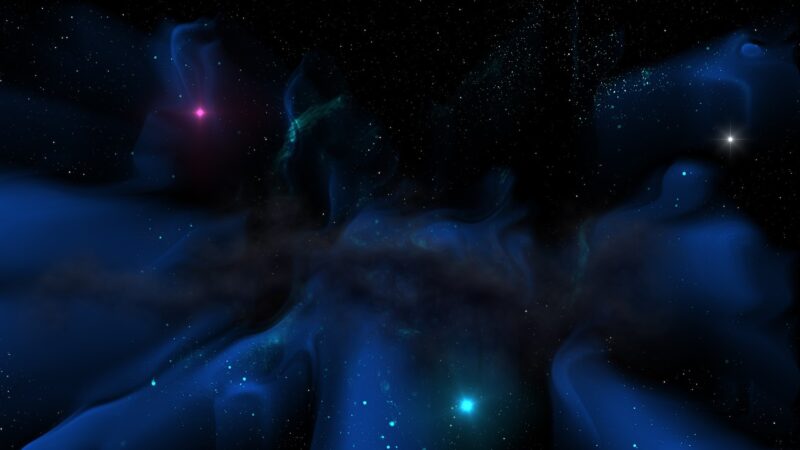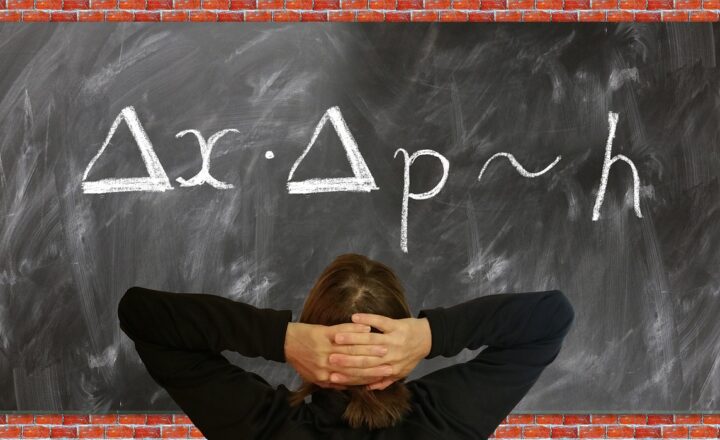The Strangest and Most Intriguing Theories About the Origins of the Universe
November 17, 2024

The origins of the universe have puzzled humanity for millennia, inspiring countless theories, myths, and scientific inquiries. From ancient creation stories to modern astrophysical models, the quest to understand how everything began is one of the greatest intellectual challenges of our time. In this article, we delve into some of the strangest and most intriguing theories about the universe’s origins, exploring their implications and the questions they raise about our existence.
1. The Big Bang Theory
The Big Bang Theory is the prevailing cosmological model explaining the observable universe’s origin. According to this theory, the universe began as an extremely hot and dense point approximately 13.8 billion years ago before expanding rapidly.
During this monumental event, space itself stretched, leading to the formation of galaxies, stars, and all matter as we know it. But what exactly triggered the Big Bang, and what existed prior to this event? While the theory provides insight into cosmic development and structure, it leaves questions unanswered about the very moment of creation.
As physicists and astronomers explore the enigmatic pre-Big Bang conditions, some speculate that quantum fluctuations and the laws of physics as we understand them may not apply in the same way. Scientists are actively investigating whether our universe was born from another collapsing universe, a multiverse scenario, or if it is merely a unique event without precedent.
2. The Steady State Theory
Proposed as an alternative to the Big Bang Theory in the 1940s, the Steady State Theory contends that the universe expands but maintains a constant average density. This theory suggests that new matter is continuously created to fill the gaps left by the expanding universe, thereby preventing noticeable changes over time.
While appealing due to its preservation of the universe’s appearance, Steady State Theory fell out of favor following the discovery of cosmic microwave background radiation, which provided strong evidence of the Big Bang. Yet, the idea of continuous creation raises intriguing questions about the nature of the universe and whether new technologies could allow for renewed exploration of this concept.
3. The Cyclic Model
What if our universe undergoes endless cycles of birth, death, and rebirth? The Cyclic Model suggests that the universe repeatedly expands and contracts, undergoing periods of inflation and singularities. This model posits that the universe may have no true beginning or end, only an ongoing cycle.
According to the Cyclic Model, after each expansion phase, gravity eventually pulls all matter back to a single point, leading to a “big crunch.” A subsequent big bang then initiates a new cycle of expansion. This model is bolstered by advanced mathematical frameworks and theories involving string theory and brane cosmology.
The idea of a universe that eternally recycles not only grapples with the concept of existence uniquely but also suggests that the laws of physics can evolve between cycles, leading to the potential for different forms of matter and life forms over time.
4. The Multiverse Theory
Imagine an infinite number of parallel universes, each with its own distinct realities, laws of physics, and histories. The Multiverse Theory proposes that our universe is merely one bubble in an ever-expanding foam of universes. This theory arises from interpretations of quantum mechanics and string theories, suggesting that every possible outcome creates its universe.
The implications of the Multiverse Theory are staggering: it raises questions about the uniqueness of our existence and whether alternate versions of ourselves could exist in different realities. Some theorists argue that the universe’s fundamental constants indicating our existence could be mere happenstance among a multitude of potential realities.
The idea of a multiverse pushes the limits of empiricism, questioning our ability to observe or measure other universes, resulting in debates about the scientific validity of this theory.
5. Simulation Hypothesis
What if our perceived reality is nothing but an advanced computer simulation? The Simulation Hypothesis posits that, due to exponential advancements in technology, future civilizations may create simulations of their ancestors, rendering our universe a replica crafted by some intelligent entity.
This theory presents thought-provoking philosophical dilemmas regarding existence, free will, and the nature of reality itself. If the universe is indeed a simulation, what does it mean for concepts like life after death? The implications further push technological and ethical boundaries, prompting questions about artificial intelligence and the potential for simulated beings.
Though primarily a philosophical inquiry, the Simulation Hypothesis encourages discussions on the limits of human comprehension and technological exploration of existence.
6. The Quantum Fluctuation Theory
Emerging from the realm of quantum mechanics, the Quantum Fluctuation Theory posits that tiny fluctuations in energy can lead to the spontaneous creation of particles and, potentially, entire universes. This suggests that all that is needed for a universe to appear is the right set of conditions at the quantum level.
This theory implies the universe could have emerged from a vacuum, where quantum fluctuations bump into one another and produce self-contained cosmos. It underscores the effects of quantum mechanics and raises questions about the significance of time and existence on a fundamental level.
The idea invites inquiry into the nature of time, reality, and consciousness, challenging traditional views of space and existence.
7. The Eternal Inflation Theory
Building on the idea of cosmic inflation, the Eternal Inflation Theory suggests that inflationary phases do not end uniformly but continue ad infinitum, driving the formation of numerous bubble universes within an ever-inflating cosmos. Each universe may have different physical constants, leading to varied characteristics.
This theory endeavors to reconcile quantum physics with cosmology, presenting a compelling narrative about the multiverse’s development. Eternal Inflation challenges conventional thinking about singularity and time, raising profound questions about the universe’s permanence and theories surrounding dark energy and materials.
Conclusion
The quest to understand the origin of the universe is a profound journey that spans scientific inquiry, philosophical debate, and cultural reflection. While each of these theories offers unique perspectives, they collectively underscore the complexity and depth of existence itself. As scientists continue to push the boundaries of knowledge through research and exploration, our understanding of the cosmos—and our place within it—will evolve, ensuring that humanity’s search for meaning and understanding remains tantalizingly unresolved.
As we contemplate these intriguing theories, we are reminded that the universe, in all its vastness, may hold secrets beyond our current comprehension, urging us on a path of discovery that could one day define the ultimate truths about our reality.








